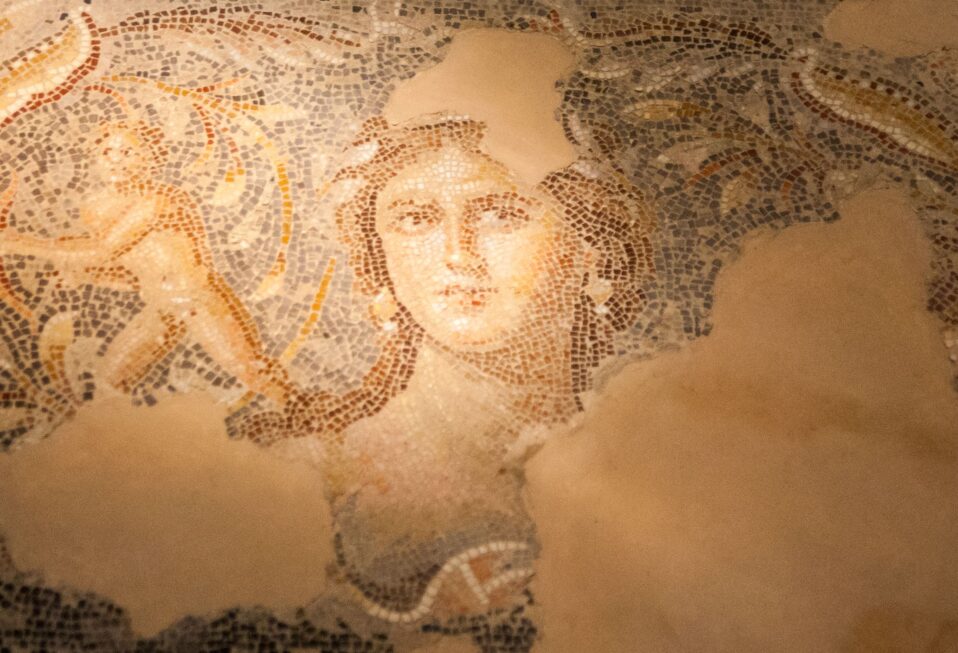In Luke’s Gospel, Jesus tells a provocative parable to some who trusted in themselves that they were righteous and looked down on everyone else:
“Two men went up to the temple complex to pray, one a Pharisee and the other a tax collector. The Pharisee took his stand and was praying like this: ‘God, I thank You that I’m not like other people—greedy, unrighteous, adulterers, or even like this tax collector. I fast twice a week; I give a tenth of everything I get.”
“But the tax collector, standing far off, would not even raise his eyes to heaven but kept striking his chest and saying, ‘God, turn Your wrath from me—a sinner!’ I tell you, this one went down to his house justified rather than the other; because everyone who exalts himself will be humbled, but the one who humbles himself will be exalted” (Luke 18:9-14 HCSB).
What is the purpose of this parable? Is it about prayer? No. Is it to convey that we are all sinners before God? No. What precipitates Jesus to tell this story? Those who identified themselves as righteous despised others that they viewed as “less than.” It conveys the importance of humility in our faith; God exalts the humble and resists the proud (James 4:6).
But Jesus lays His finger on a very subtle and important aspect of pride: It’s easy to profess humility before God; pride often appears in how we view ourselves versus others.
We want God to love us, to forgive us, and to bless us. In fact, our modern Christian faith tends easily toward an egocentrism. But what about the people we may not like? What about those who think differently than we do? What about those who behave differently than we do? What about sinners?
Do we hold these people in contempt? Do we view ourselves as more important in God’s eyes since “I’ve found the way”? In such instances, our relationship with God becomes the source of our pride, because we view it as making us closer to God than others.
We cannot be close to God and hold others, also made in His image, in contempt. That doesn’t mean that we accept everyone’s behaviors, but how we view them matters. Jesus taught that those who extend mercy to others will receive mercy from God.
There is no room for contempt of others, even outsiders, within the kingdom of God. Humility comes when we can look at another and recognize the good and the bad in them just like the good and bad within us. When we understand that, we understand Jesus’ parable.
PRAYER
Father, may I show grace and mercy to others today, even those outside of my circles. Help me to see them with the compassion that You have for them. Amen.















